What is Web 3.0 and its impact on the digital landscape?
1. Introduction to Web 3.0
Web 3.0 refers to the next generation of the internet, characterized by decentralized and user-centric applications that aim to reshape the digital landscape. It builds upon the foundations of Web 2.0, which enabled user-generated content and social interactions, but takes it a step further by incorporating blockchain technology, artificial intelligence, and machine learning. This revolutionary shift promises to enhance privacy, security, and user control over data, as well as enable new opportunities for innovation and collaboration.
2. The Impact of Web 3.0 on the Digital Landscape
Web 3.0 has the potential to significantly impact various aspects of the digital landscape. These include:
2.1 Data Ownership and Privacy
One of the key features of Web 3.0 is the emphasis on data ownership and privacy. Unlike Web 2.0, where user data is often controlled by centralized entities, Web 3.0 technologies enable users to have greater control over their personal information. Through encryption and decentralized storage, individuals can decide how and when their data is accessed, providing them with enhanced privacy and security.
2.2 Decentralization and Trust
Web 3.0 aims to decentralize various aspects of the internet by leveraging blockchain technology. This decentralization eliminates the need for intermediaries and central authorities, allowing for peer-to-peer interactions and transactions. By removing the reliance on trusted third parties, Web 3.0 promotes transparency and trust within online ecosystems, which could disrupt traditional industries such as finance, healthcare, and supply chain management.
2.3 Enhanced User Experience
With the incorporation of artificial intelligence and machine learning, Web 3.0 can offer personalized and contextualized user experiences. These technologies enable systems to adapt and learn from user behavior, providing tailored recommendations and more intuitive interfaces. This enhanced user experience enhances engagement and satisfaction, driving increased usage and adoption of web applications.
3. Potential Challenges and Limitations
Despite its promises, Web 3.0 faces several challenges and limitations that need to be addressed:
3.1 Scalability
As more applications and users migrate to Web 3.0, scalability becomes a crucial concern. The current blockchain infrastructure has limitations in terms of transaction throughput and network congestion. Solving scalability issues while maintaining decentralization is a significant technical challenge that needs to be overcome for Web 3.0 to reach its full potential.
3.2 User Adoption
Introducing new technologies and paradigms to users can be a slow and challenging process. Web 3.0 requires users to adapt to decentralized applications and understand the complexities of managing private keys and interacting with blockchain networks. Simplifying user interfaces and providing educational resources will be critical in driving widespread adoption of Web 3.0.
3.3 Regulatory and Legal Considerations
Web 3.0's decentralized nature raises regulatory and legal concerns. Traditional legal frameworks may not adequately address issues such as smart contracts, digital identities, and cross-border transactions. Developing appropriate regulations and frameworks that protect users while fostering innovation is a complex task that requires collaboration between policymakers, industry experts, and technology developers.
3.4 Interoperability
In a fragmented digital landscape, interoperability becomes essential for Web 3.0 to thrive. Ensuring that different blockchain networks and decentralized applications can communicate and interact seamlessly is crucial for creating cohesive ecosystems and unlocking the full potential of Web 3.0. Standards and protocols for interoperability need to be established to overcome this challenge.
4. Conclusion
Web 3.0 represents an exciting new phase in the evolution of the internet. Its potential to reshape the digital landscape, enhance privacy, and empower users is substantial. However, overcoming technical, regulatory, and adoption challenges will be crucial for Web 3.0 to reach its full potential. As the development and adoption of Web 3.0 progresses, it will be fascinating to witness the transformative impact it has on various industries and society as a whole.
相关


